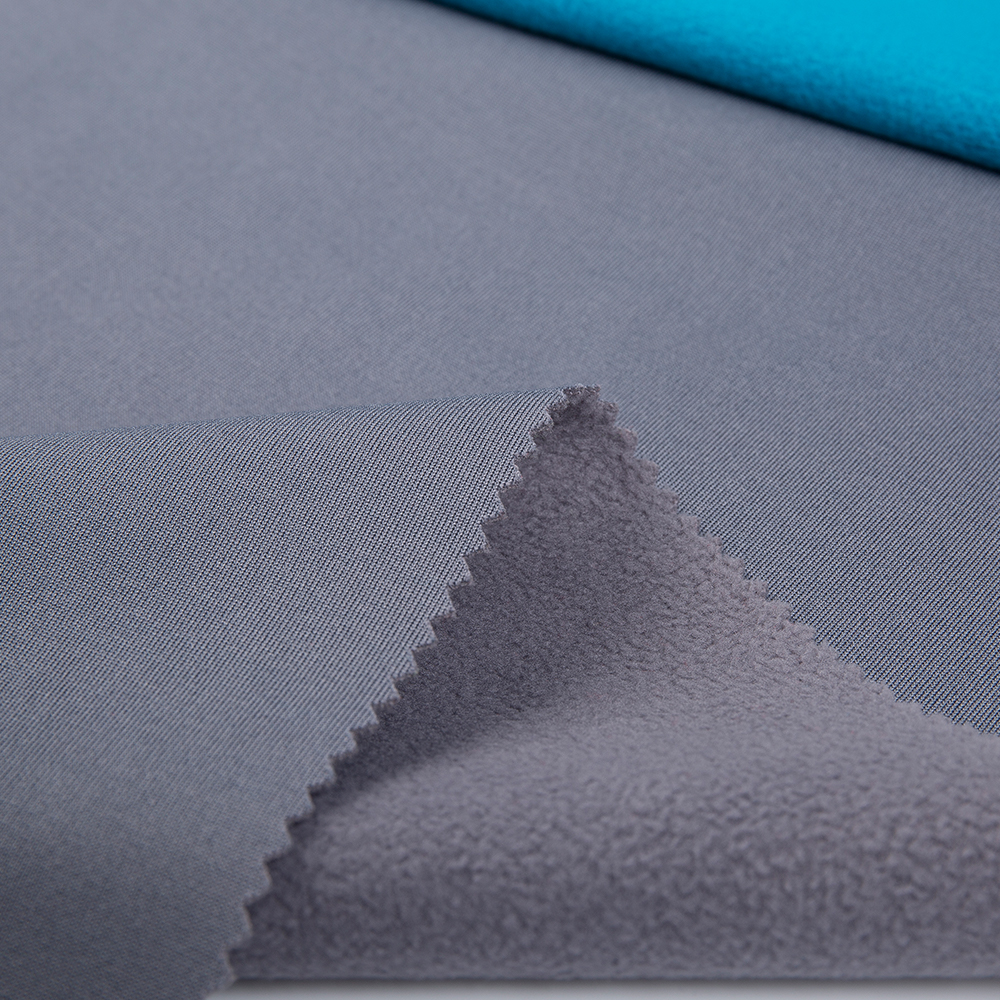Softshell fabric is celebrated for its versatility, combining breathability, flexibility, and weather resistance, making it ideal for outdoor and activewear. To maximize these properties, designers incorporate several key features into softshell garments. Here’s a look at some of the most effective design elements that enhance the functionality of softshell clothing.
Adjustable Hoods:Adjustable hoods are a crucial feature in softshell jackets, providing customized protection against wind and rain. These hoods often include drawstrings or toggles that allow wearers to tighten or loosen the fit, ensuring comfort and effective weather shielding.
Zippered Vents:To manage temperature and moisture during high-intensity activities, zippered vents are often included in softshell garments. These vents, such as underarm zips, enable excess heat and moisture to escape, leveraging the natural breathability of softshell fabric to keep the wearer dry and comfortable.
Multiple Pockets:Practicality is key in outdoor clothing, and multiple pockets enhance the functionality of softshell jackets and pants. Zippered hand pockets, chest pockets, and internal pockets provide ample storage for personal items and gear, ensuring they are easily accessible during activities.

Articulated Sleeves and Knees:For activities requiring a wide range of motion, articulated sleeves and knees are incorporated into softshell designs. These features follow the natural contours of the body, enhancing comfort and flexibility by utilizing the stretch properties of softshell fabric.
Elastic Cuffs and Hem Adjustments:Elastic cuffs and adjustable hems help seal out wind and cold, maintaining warmth and comfort. These features ensure a snug fit, with softshell fabric's flexibility enhancing overall effectiveness in keeping out the elements.
Reinforced Panels:Durability is essential for outdoor garments, and softshell clothing often includes reinforced panels in high-wear areas such as shoulders, elbows, and knees. These reinforced sections protect against abrasion and extend the lifespan of the garment, making the most of the durable nature of softshell fabric.
Reflective Elements:Safety is a key consideration, particularly in low-light conditions. Reflective elements such as strips or logos enhance visibility, ensuring that wearers are seen during activities like running or cycling, thereby leveraging the versatility of softshell fabric for safety purposes.
Seam Sealing and Taped Seams:While softshell fabric is not fully waterproof, seam sealing and taped seams provide extra protection against moisture. These enhancements prevent water from seeping through the seams, improving the overall water resistance of the garment.
Packable Designs:Convenience is crucial for outdoor enthusiasts, and packable designs allow softshell garments to be easily stored and transported. These garments can often be packed into their own pockets or small pouches, highlighting the lightweight nature of softshell fabric.
Integrated Gaiters:For winter sports or hiking, integrated gaiters are a valuable feature in softshell pants. These gaiters prevent snow, debris, and moisture from entering boots or pant legs, utilizing the flexibility and durability of softshell fabric to provide comprehensive protection.
Incorporating these design features into softshell clothing enhances the inherent benefits of softshell fabric, making the garments more functional, comfortable, and versatile for a variety of outdoor activities and weather conditions. Whether for hiking, climbing, skiing, or casual wear, these thoughtful design elements ensure that softshell clothing meets the demands of active lifestyles.











